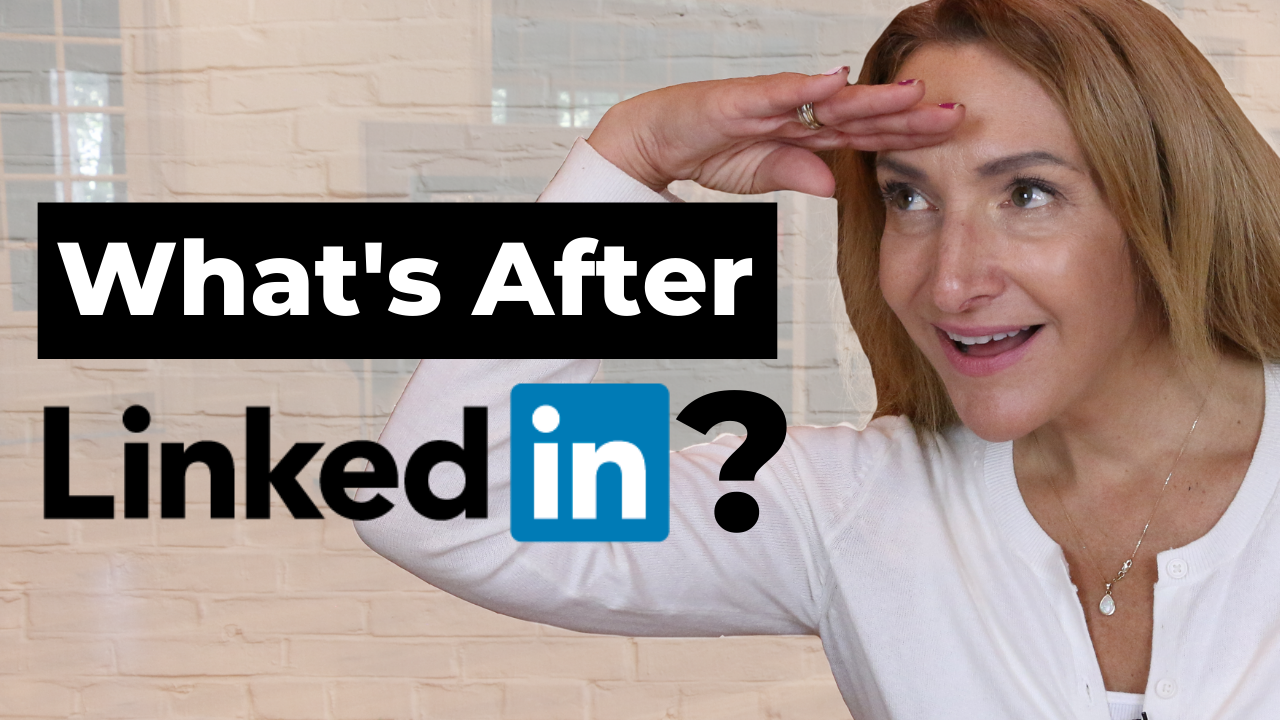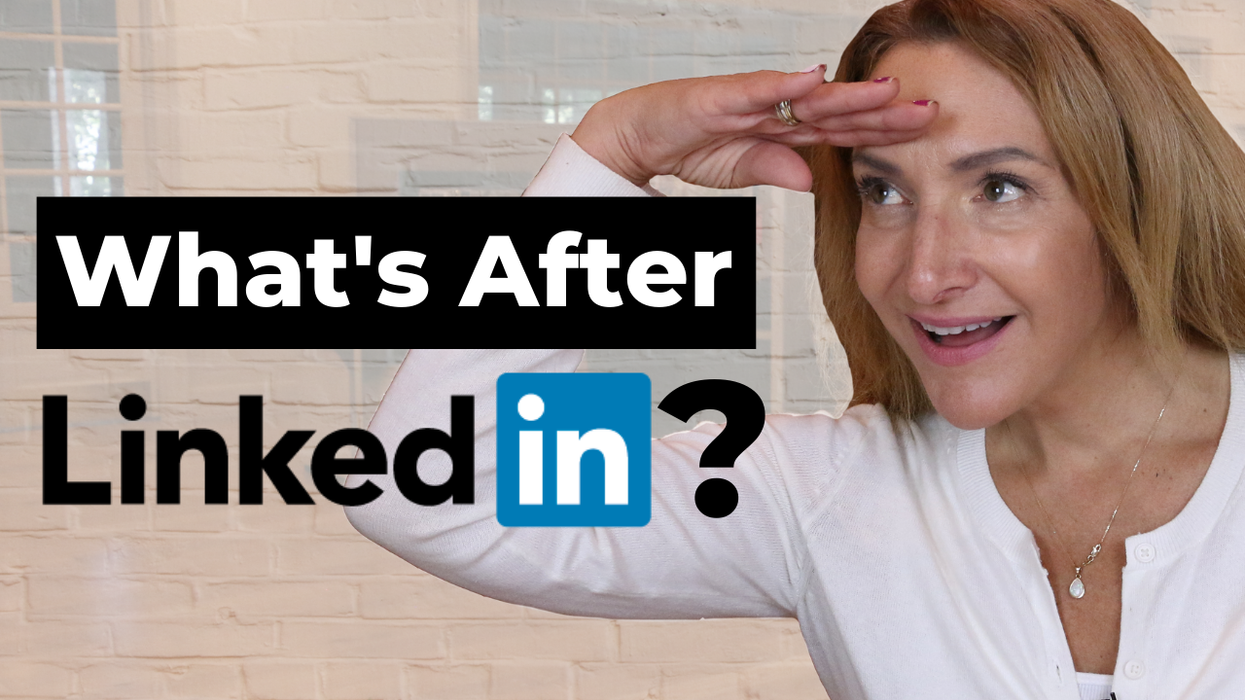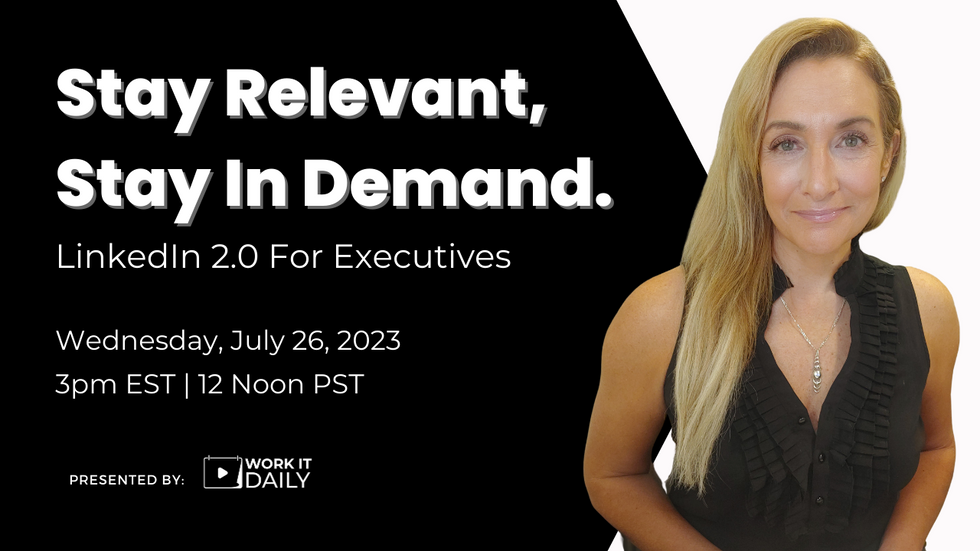Why You Aren’t Living Up To Your Career Potential

Have you ever heard someone say they are not living up to their potential? Maybe you’ve said that yourself. Maybe you’re feeling that way right now. As a 20-year career coaching veteran, I heard something this week on a podcast that is going to blow your mind regarding this concept of “not living up to your potential.”
You’re Living In The Gap, Not The Gain.
@j.t.odonnell Why you aren’t living up to your career potential. #livinguptoyourpotential #yourpotential #potential #careeradvice #gapversusgain #livegain #gap #gain #makinggains #gratitude #careercoach #coaching #careertiktok ⬠original sound – J.T. O’Donnell
In this podcast episode, they were talking about the difference between living in the gap and the gain. The gap is the space between where you are today and where you want to be (your potential). Living in the gap is when you feel like the distance between where you are today and where you want to be is so far, almost insurmountable. If you’re frustrated and/or depressed in your career, you’re living in the gap.
Successful people live in the gain. They look at where they are today and they look backward at every little thing that they’ve accomplished. They look at how they grew as a professional. They realize that if they keep doing what they’re doing, if they keep “working it daily,” they will get there. They will reach their potential. They know they will get there. They can mentally see that.
Now, what I love about this is if you add in the concept of gratitude while living in the gain, you will make living in the gain much more powerful.
Let’s say you’re living in the gap. You’re miserable. You’re not reaching your potential. And somebody says, “Just be grateful. Make a gratitude list.” It doesn’t work in the gap. It might make us feel better for a minute, but it doesn’t solve this problem.
Gratitude in the gain does. When you go back and make a list of all the smart decisions you made, all the opportunities you seized, all the things that you accomplished or learned from, and you’re grateful for all those things, you are training your brain to realize that you can get there. You can reach your potential. And if you continue to “work it daily” with a game plan using gratitude in the gain, you will crush it.
Using gratitude and a game plan while in the gain gets you to your goal.
The reason that I completely nerd out on this concept as a career coach is that the game plan part is what’s stopping people. You have to know what your unique combination of professional strengths is. You need to know what you create as value and how to leverage that value going forward.
Most people are not taught this. So, what if someone could show you how to assess your unique combination of professional strengths, help you choose a career path that you know would leverage that so that you would be satisfied, and then coached you and supported you to use gratitude in the gain to get you there?
That’s exactly what we do at Work It DAILY. We’ve built a system where we are able to get people gratitude in the gain with a customized game plan so they can go after their career goals and achieve them.
If you finally want to live in the gain so you can achieve your career potential, I encourage you to become a member today. You won’t regret it.
























